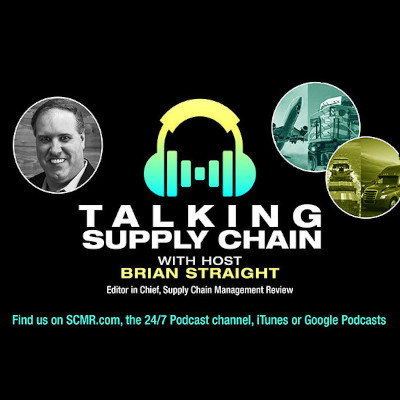What is the future of procurement? That is the question that McKinsey & Company sought to answer in a new benchmarking report focused on procurement.
“Where procurement is going next” found that companies excelling in procurement had digital capabilities maturity scores 40% higher in strategy, digital and data/analytics compared to average performers. Those same companies have also integrated sustainability goals into their overall strategies.
The report, authored by Riccardo Drentin and Samir Khushalani, Christoph Kloos and Prachi Misra, noted the challenge procurement teams face, pointing to pandemic-era auto buying as an example of those challenges.
“As demand plummeted in 2020, automakers slashed productionand cut orders for parts. When consumers returned months later, purchasing teams found that manufacturers of critical semiconductor components had already shifted production capacity elsewhere,” the report noted.
The report, now almost 20 years old, continues to find the same theme year after year.
“When we launched our first procurement benchmarking survey nearly two decades ago, we uncovered a clear link between greater procurement maturity and higher business profitability,” the authors wrote. “That link still holds today. Despite all the recent turbulence, our latest benchmark analysis shows that companies with top-quartile procurement maturity have EBITDA margins at least five percentage points higher than their less mature peers.”
Forward-looking insights
In seeking to answer the question of the report—where is procurement going next?—there was a clear priority that emerged: a focus on end-to-end margin management over the next six to 12 months.
When asked to rank each dimension among their top 3 priorities, 87% of respondents noted end-to-end margin management. More than three-quarters (77%) cited next-generation technology, data and analytics, and 61% said both talent and resiliency. Only 10% noted sustainability.
Respondents also cited concerns that the new procurement environment will expose weaknesses in their organization’s processes, tools and digital infrastructure.
“Some executives worry that they don’t have the information they need to make effective decisions: they have a limited view of the organization’s total spend, too much data that is inaccurate or of poor quality, and difficulty integrating data from multiple sources to create a comprehensive and accurate category view,” the report said.
There is also no clear shortcut to success.
“High-performing procurement functions don’t excel in just one or two maturity dimensions, they excel in many of them. Comparing the top- and bottom-quartile organizations in our data set shows that this is still the case. Leaders achieve twice the maturity of laggards across six broad dimensions: procurement strategy, category management, digital, data and analytics, organization, and skills,” the authors wrote.
Digital keys
As previously noted, organizations investing in digital are ahead of their peers.
“The best procurement organizations understand that success in today’s complex and fast-moving environment requires mastery of data-driven decision-making. They have invested in the digital infrastructure and analytical tools and capabilities needed to achieve this goal,” the authors wrote.
An unidentified retail chain that employed digital and analytics tools, including AI-assisted category analysis and geospatial analysis to create clusters for maintenance insourcing projects, saw an 11% reduction in indirect spend and a total cost of ownership savings of more than $500 million, McKinsey said. That was far above the retail chain’s goal of a 2% to 3% savings.
The authors noted that some sectors, such as automotive and consumer products, tend to have a higher percentage of leaders thanks to their long-term focus on sourcing as a competitive advantage, but companies of any size and in any industry can benefit. Still, it is those companies with scale that hold an edge.
“Across sectors, the highest-performing companies in our benchmarks tend to be large organizations, where the volume of purchases makes it easier to justify investments in advanced digital infrastructure and specialized capabilities,” the report concluded.
SC
MR


More Procurement Strategy
- What is the future of procurement?
- The disconnect between procurement budgets and efficiency
- Gartner identifies top constraints, solutions to long-term success
- Keynotes from Procter & Gamble, Johnson & Johnson & Whirlpool execs highlight NextGen conference agenda
- Managing procurement in a price-sensitive environment
- More Procurement Strategy
What's Related in Procurement Strategy

 Explore
Explore
Topics
Procurement & Sourcing News
- Retail sales see gains in October, reports Commerce and NRF
- Geopolitical readiness in supply chains: Strategic challenges for leaders
- With capacity to spare, logistics real estate demand remains subdued
- Tariffs, taxes and trade: The impact of Trump’s reelection on the supply chain
- How to improve demand forecasts for new product families
- Aggregators sitting on the throne of Africa’s e-commerce supply chains: What lessons can we learn?
- More Procurement & Sourcing
Latest Procurement & Sourcing Resources

Subscribe

Supply Chain Management Review delivers the best industry content.

Editors’ Picks




